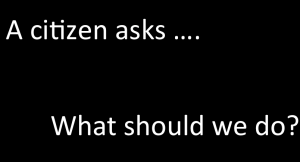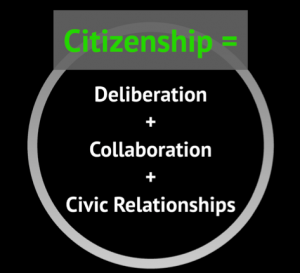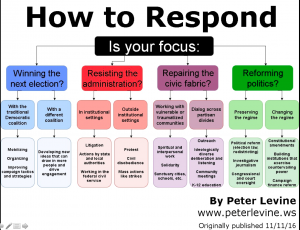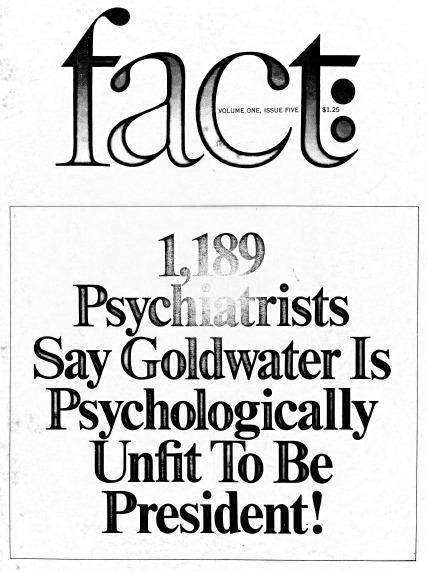Just before the 2016 presidential election, I wrote:
Donald Trump’s speaking style is extraordinarily paratactic. That is, he utters declarative sentences without any of the explicit transitional words that can explain why sentences fit together. No “therefore’s,” “on the other hand’s,” or even “well, I think’s.” He just plunges in. Many listeners perceive the content of his various sentences to be logically unrelated. However, he is remarkably repetitive when he speaks at any length, so the unity of his speech derives from his returning to the same phrases. Finally, he uses “I” sentences overwhelmingly, plus “you” when he’s talking to someone in particular. He makes relatively rare use of the third person. We could name his style “paratactic/egocentric.”
I have no expertise in linguistics. To the extent my observations were based on any disciplined research, I was thinking of attempts to model discussions as networks of ideas. I’m interested in how different network structures may allow people to deliberate better or worse with others. I implied that Trump’s “paratactic/ egocentric” style was bad for deliberation.
Unlike me, John McWhorter is a linguist, and he has an interesting analysis in The New York Times. He confirms my observation that Trump’s speech is “paratactic,” “repetitious,” and “subjective.” He also shows that Trump’s style has changed. When he was young man, Trump was much more hypotactic (favoring subordinate clauses and logical connections), more explicitly organized, and less emotive. But McWhorter does not think this is evidence of cognitive decline. Rather, everyday spoken English is much like Trump’s public speech nowadays. Most people most of the time produce disconnected, repetitive bursts of speech, linked by body language and other emotional cues rather than logical connectives. McWhorter thinks that young-man Trump spoke in an unnatural, elevated, formal way because he still thought he had to work at being accepted. Today, Trump thinks he can talk naturally in public forums, so he does. And for some audiences, it works.
This seems plausible. I would only add a normative question: what kind of speech do we have the right to expect from public figures in public forums? Hypotaxis is artificial for all of us; it’s how schools teach us to talk and write in public, to strangers. But it could be that people should talk that way in formal settings, just because the logical connections allow the listener to assess our arguments critically. Skipping over them is normal for private speech among people with strong affective ties, but it’s a way of evading accountability among strangers.
See also: Trump’s rhetorical style and deliberation; Does Twitter “smoosh” the public and private? it’s not just what you think, but how your thoughts are organized; tracking change in a group that discusses issues; network dynamics in conversation; and assessing a discussion.











